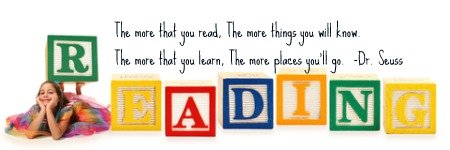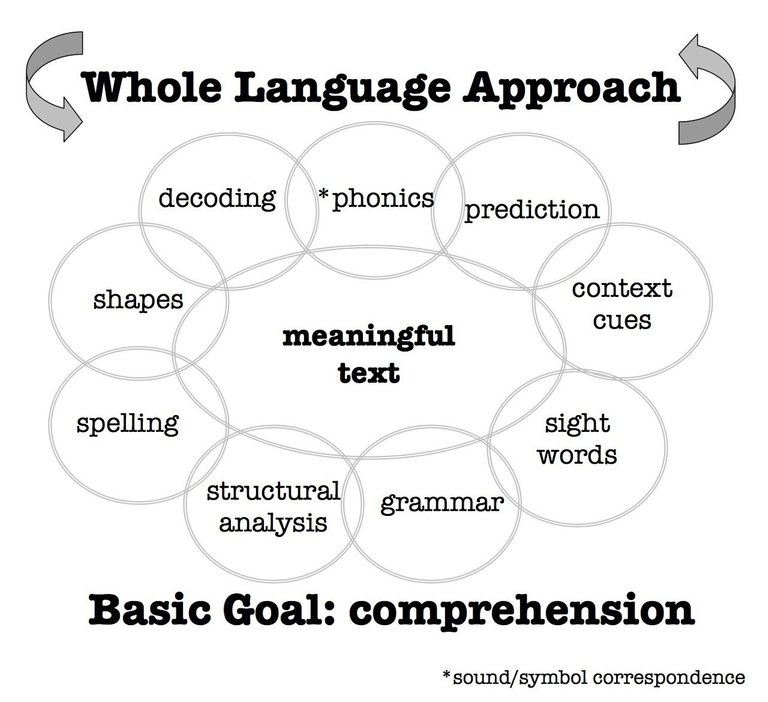Language and literacy are closely interlinked. Literacy simply defined is the ability to read and write. Oral language skills contribute to the development of reading and writing, and as reading and writing skills develop they result in the further development of oral language. Reading competency is crucial to all learning areas and many teachers believe that reading problems are the principal cause of school failure.
Because not all children are the same, we can say that there isn't only one approach or teaching method that holds the key to learning how to read and so teachers need to know and feel competent to use a variety of methods, each of which can sometimes lead to success. If adapted to the learners' individual needs they can provide appropriate assistance to slow learners and those experiencing barriers in learning to read.

But how? How should a classroom teacher address the issue of giving appropriate instruction in language and literacy in order to accommodate learning styles and individual interests and needs?
If a teacher is familiar with a variety of approaches and knows how to be flexible and try another if one is not working, then he or she has already achieved half of the goal. Learning to read does not occur spontaneously in learners, it needs encouragement, support and intervention.
Learners who have been raised in a literate environment and have continuous home support tend to perform better at reading in school. Emergent literacy is an indication of the prior learning which a learner brings to the classroom and assumes learners have learnt some thing about reading and print from their home environment. This, however, does not mean that a child that has not had this opportunity at home, will not be able to do the same.
There are two important aspects to reading: decoding words and understanding. These dimensions are not mutually exclusive, but there may be differences in emphases depending on the stage of development. Learners are known to use a variety of decoding techniques, including pictures, context of story, initial letters and word configuration.
The phonics approach
In the majority of classrooms the teaching of phonics breaks reading up into small units, individual letters, and consonant and vowel combinations. It is a structured approach and teaching reading begins with parts of the word and builds up to the whole word and sentences.

Words are sounded out by breaking the words into parts, combining sounds and then blending them into whole words. The vocabulary is restricted to words which can be sounded out, and the reading matter may not hold the reader's interest and attention. In the teaching of English reading this approach presents with difficulties because the English alphabet has many inconsistencies and is not phonetically regular. For example:
The "a" sound in cat and path or "ough" in tough, though, cough.
Basal reading schemes
The use of basal readers has been standard practice in the majority of classrooms and learners are grouped according to reading ability. In basal reading schemes the vocabulary is controlled for beginning readers who build up a store of basic sight words. The readers are graded sequentially and have supplementary material such as workbooks and flash cards. Some basal reading schemes focus on whole word recognition and comprehension through abridged stories from children's literature and others are based on everyday experiences and interests.

In basal readers the vocabulary is controlled from level to level and the reading skills are developed in a systematic, sequential manner and a basic vocabulary is reinforced throughout the series. However, its structured nature may make it inflexible and limit the teacher's creativity. Learners are grouped according to reading ability without allowing individual differences and it causes many learners to have a low interest level.
Language experience
This method emphasizes meaning and is based on sentences from each learner's oral and written expression and unique interests. This in mainly a way of teaching beginning reading and is a more cognitive approach because what the child thinks he is able to talk about and what he says he can write and what he writes he can read.

This uses learners' own language as the focus of the reading programme and incorporates speaking, listening, writing and reading skills.
Whole language
Language is learned as a natural activity as how early language was acquired. Parents do not break speech into its logical components in order to teach it and children learn language in the context of talking about things they do in their families. Whole language learning is an exciting alternative to the traditional language lessons such as phonics teaching and basal reading schemes and a "look-say" approach.

As a teacher, we need to remind yourself once again that children learn differently! What works for one does not necessarily work for the other. Draw, repeat, act, do whatever you have to but make sure it's interesting enough to make a lasting difference. There are more strategies and you might even come up with your very own. Be creative and be aware of the diversity in your classroom.
Resources:
Teaching reading
Teaching literacy
Differentiated instruction
Connecting home and school
Emergent literacy
Approaches to teaching reading